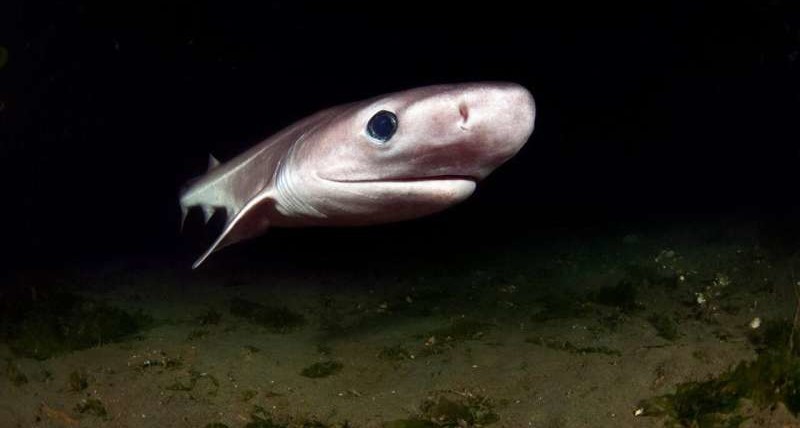
Orcas expand their territory and have moved into Arctic waters as climate change melts sea ice. Two genetically distinct populations have been identified by Canadian scientists.
However, their study indicates that this could have « serious consequences » for potential prey whales, such as belugas, narwhals, and bowhead whales, which lead researcher Colin Garroway described as « slow, blubbery, and delicious. »
Mr. Garroway, an evolutionary geneticist at the University of Manitoba, explained in an interview that the situation is complex: Arctic orcas have the potential to disrupt ecosystems as top predators, even though they deserve to be preserved.
The study suggests that orcas could also affect humans by « adding downward pressure on Arctic food webs that are essential to the social and economic well-being of northern communities. »
It specifies that orcas from the eastern Canadian Arctic have been observed hunting mainly belugas and narwhals, followed by bowhead whales and seals.
« We think there will be a major shift in the community structure and in how these different creatures interact, » said Colin Garroway, lead researcher of the study.
The study asserts that the Arctic is the fastest-warming region on the planet, and as sea ice recedes, its waters are opening up to traditionally subarctic species like orcas.
Mr. Garroway said that orcas were once considered rare visitors to the Arctic because they risked damaging their famous dorsal fins on the ice.
But sightings have become more frequent.
Mr. Garroway stated that researchers collected tissue samples from the orcas « and we were very surprised to find that there are actually two very distinct populations. »
« I thought, I don’t believe it, so I dug and dug, and… it’s pretty simple to do when you have the data. And of course, there were two distinct populations, » Mr. Garroway said, adding that they number in the hundreds.
The study, published in Global Change Biology in June, describes one group as « genetically distinct worldwide, » while the second is similar to Greenlandic orcas.
Mr. Garroway said that the two Arctic orca groups have different feeding behaviors and vocalizations and do not recognize each other as potential mates.
He noted that hundreds of thousands of belugas, narwhals, bowhead whales, sperm whales, and beaked whales live in the territories of Arctic orcas.
« Now that there’s no more ice cover, we think this is one of the reasons why the orcas are coming, » Mr. Garroway pointed out.
« There are all these slow, blubbery, and delicious whales in the Arctic that are easier to catch than otherwise… It’s interesting to see more orcas in the Arctic, and as top predators, they can disrupt the ecosystem, » said Colin Garroway, lead researcher of the study.
The study highlights that the prey species of orcas are « culturally and economically important for Indigenous communities, so these species also deserve to be preserved and managed in light of the orca populations moving into the Arctic. »
Mr. Garroway said that during the research period, which lasted several years, the team heard from Indigenous groups in northern communities who expressed concerns about orcas moving in and hunting food that is « crucial » to their communities.
« This is what makes it all so confusing, because the orcas themselves are an endangered population, and everything is changing, » said Mr. Garroway.
Mr. Garroway mentioned that research is ongoing, and the ecology of Arctic orcas is still very poorly understood, especially where they go in the winter when the seas freeze. Tracking them has been difficult.
« We’ve had a number of orcas with transmitters on, but it seems the longest one takes us just to the edge of the Arctic and then shuts off, » said Mr. Garroway.
« We don’t know where these whales go when they’re not in the Arctic… there’s a lot to learn.



